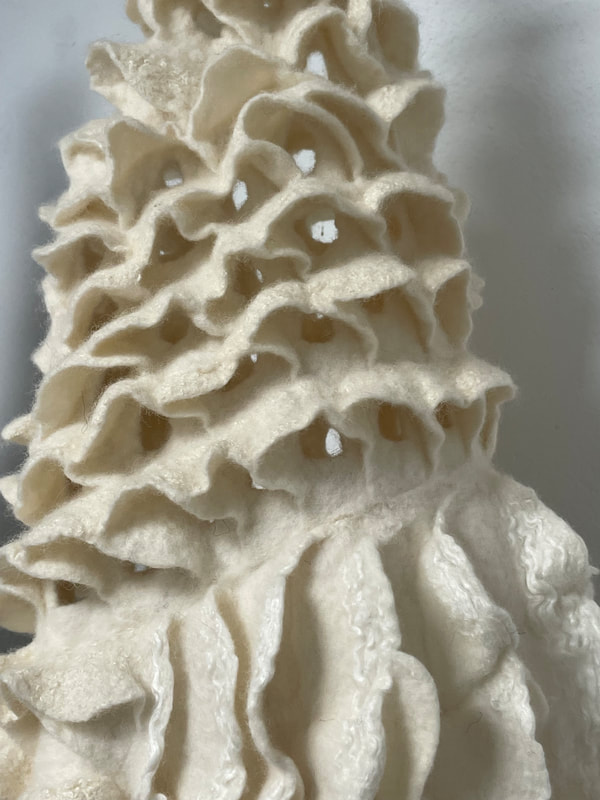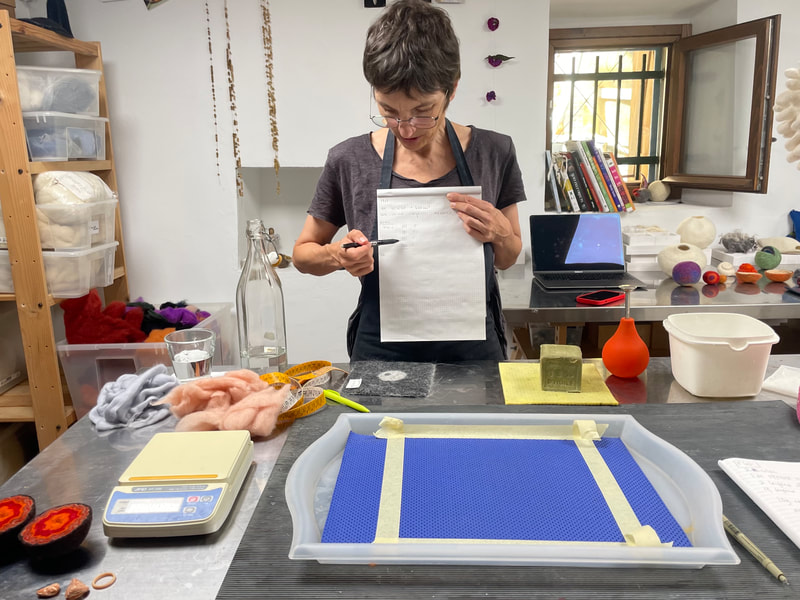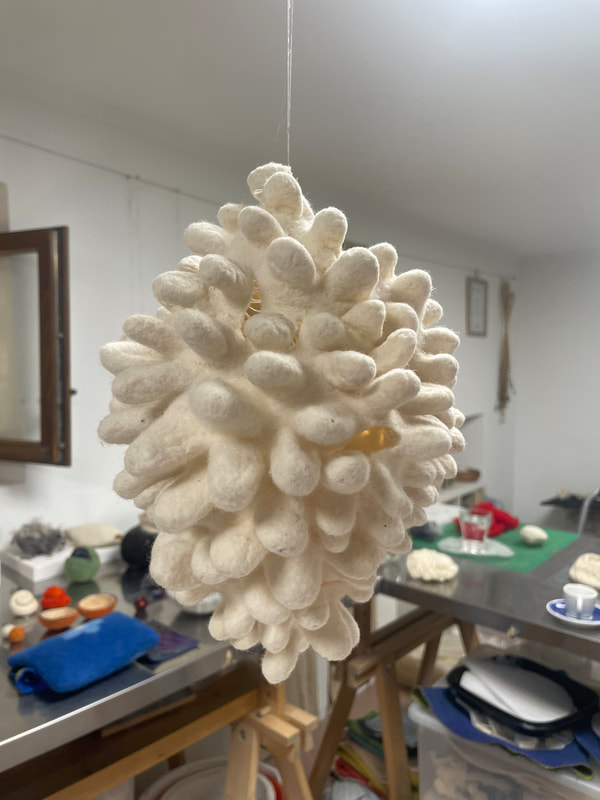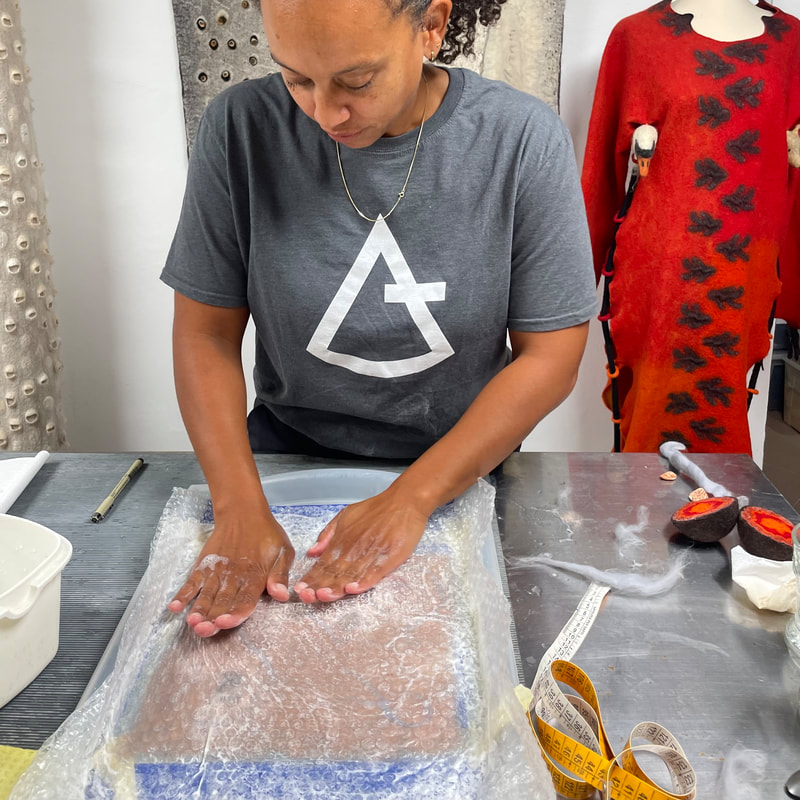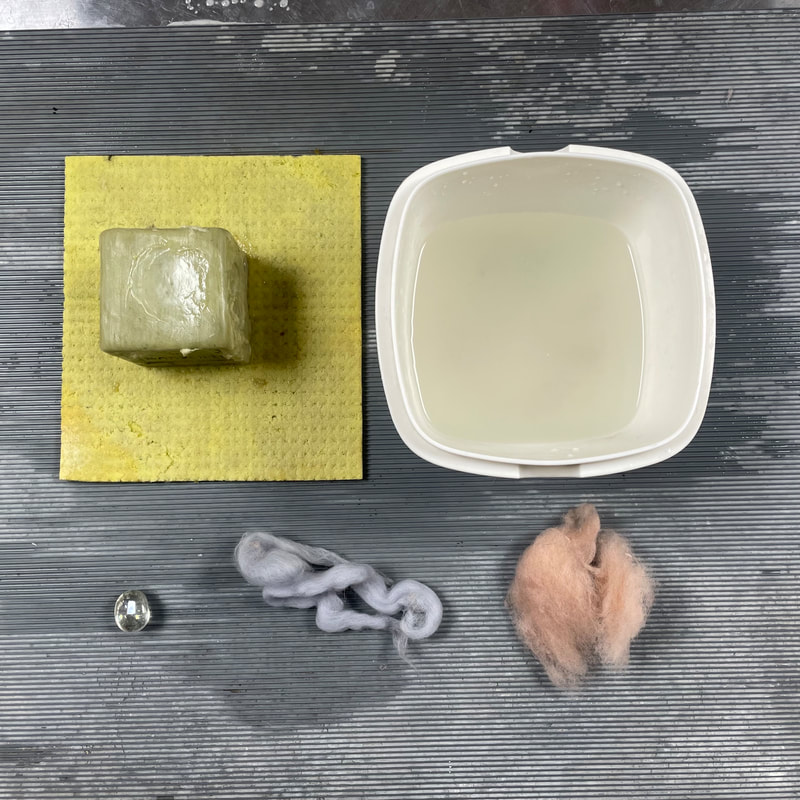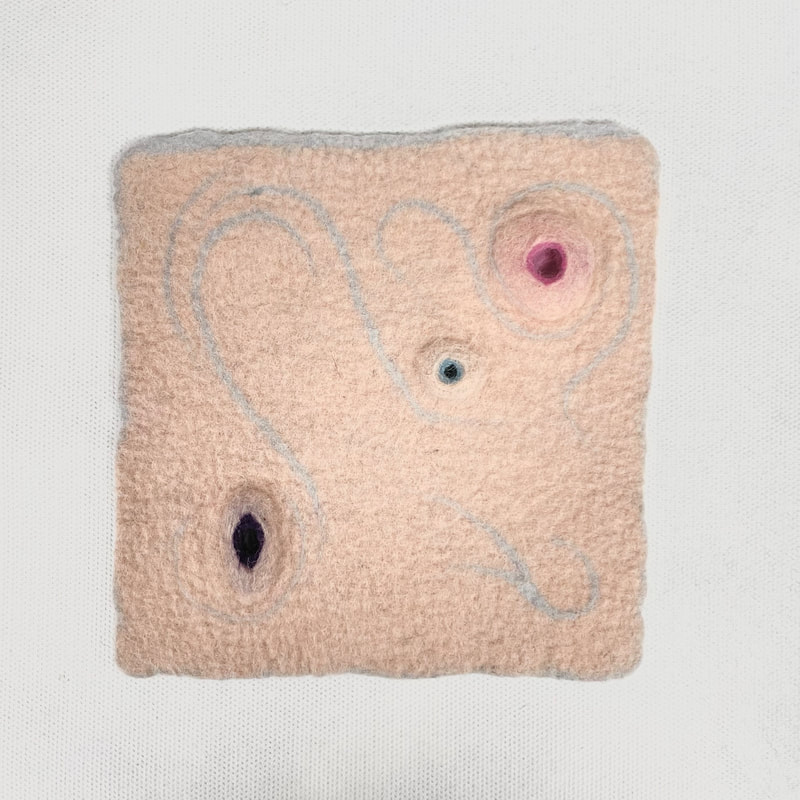|
Let's take a step back and explain why I am blogging about Italy. As a career educator and lifelong learner, I am always looking for holes in my practice: what I don't know and what my students need. Oftentimes the baseline professional learning days districts offer aren't able to provide answers to the hyper-specialized questions for which I am specifically wondering. Enter Fund for Teachers, an organization that invests in the professional growth of educators by funding self-directed professional learning for teachers that will support student success and enrich their communities. My students appreciate the art room as a space for rest and creativity. Making work with their hands not only provides comfort and relief from their busy days, but gives them an immense sense of pride. Perhaps as a break from the near constant use of phones, I find them especially curious about constructing work three-dimensionally. While I have developed a solid ceramics hand-building program, clay admittedly can be messy and time-consuming. I proposed to Fund for Teachers to learn other methods and materials for constructing sculptures and was accepted. Traditional painting and drawing classes are usually quite easy to find, but sculpting can be more challenging. Serendipity, or perhaps just the right combination of search words, led me to VAWAA: Vacation with an Artist. VAWAA allows any interested person to spend time working alongside and learning from a professional artist who is an expert in their craft, as a mini apprenticeship. (Enter explicit sentence to remind you, adult, that there is a creative hobby YOU want to learn, you work too hard, and also need a vacation. Sign up for a VAWAA! You don't need to be a teacher!) This week I am learning from Esther, a professional fiber artist.Esther specializes in wet felting, a process that condenses raw fibers together to make a textile known as felt. Wool felt is one of the oldest forms of textiles in the world. Her 3D soft sculptures have been exhibited across the globe in galleries and professional productions. Learning from an expert with deep understanding of their subject matter increases my content knowledge and allows me to better support my students and the ideas they pursue. With no prior experience in felting, I found the process both enjoyable and empowering. Making work just with water, soap, and wool is a level of accessibility that few other artistic processes can match. As a public school teacher I feel strongly that access to knowledge and opportunities should be open to all. Art forms that require expensive materials or tools can be a barrier to many. How many perspectives are missing because creative people don't have access to what they need? In just three days, albeit long work hours, we covered: 1. Solid Forms, 2. Flat Forms, 3. Hollow Forms, 4. Inclusions, 5. Designs, and 6. Coiling. Understanding these basic building blocks of felting opens up a world of possibilities. Once a student finds inspiration, they simply have to determine what blocks to put together to form their idea. Teaching art in this way teaches transferrable skills they will use for life, regardless of the profession they choose. The future belongs to creative leaders who see connections and possibilities.
0 Comments
Your comment will be posted after it is approved.
Leave a Reply. |
Lindsay Johnson:- Artist. Additional Travel Posts:
2024 California 2023 Alabama 2023 Spain 2023 Qatar 2019 South Africa 2018 Berlin 2011 Parsons School of Design Copyright 2009-2024
by Lindsay A. Johnson © All rights reserved. |
